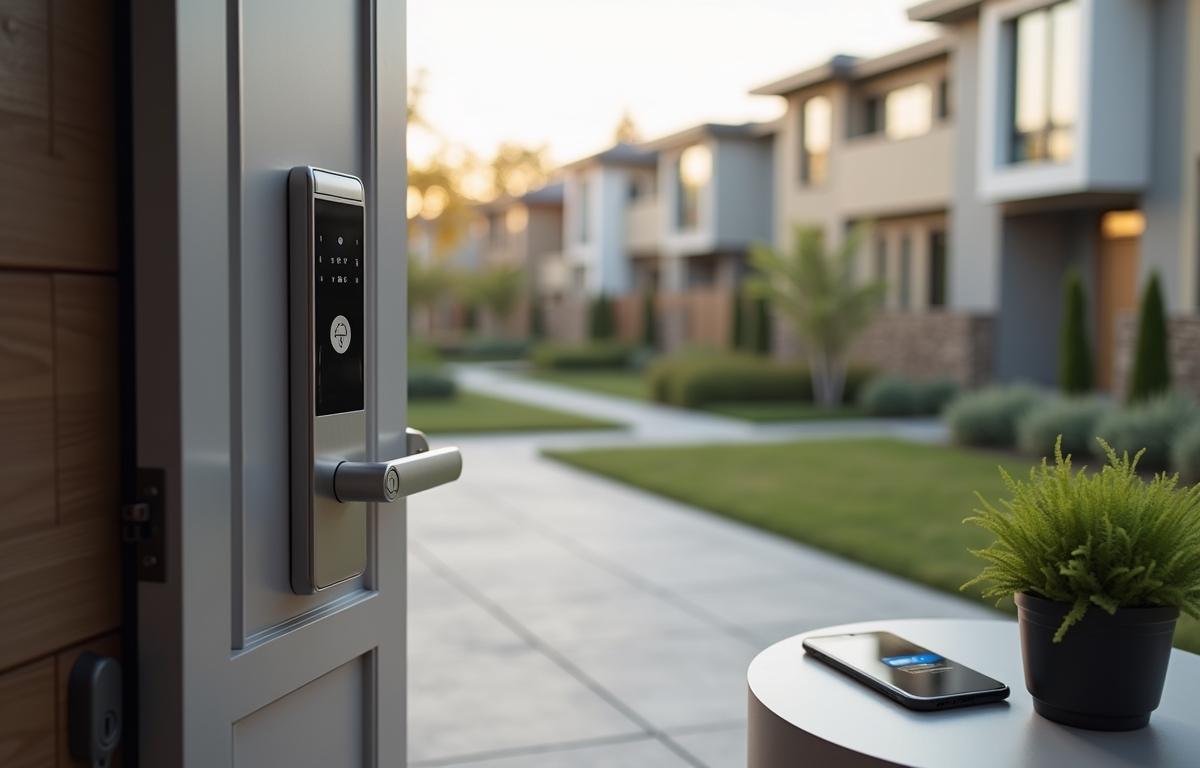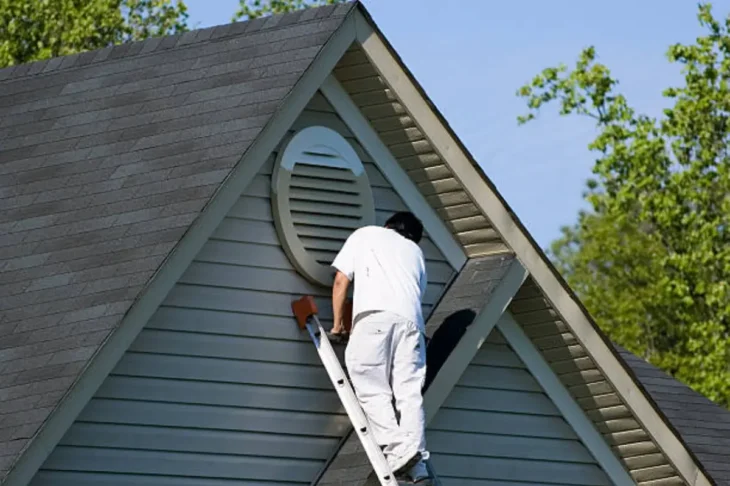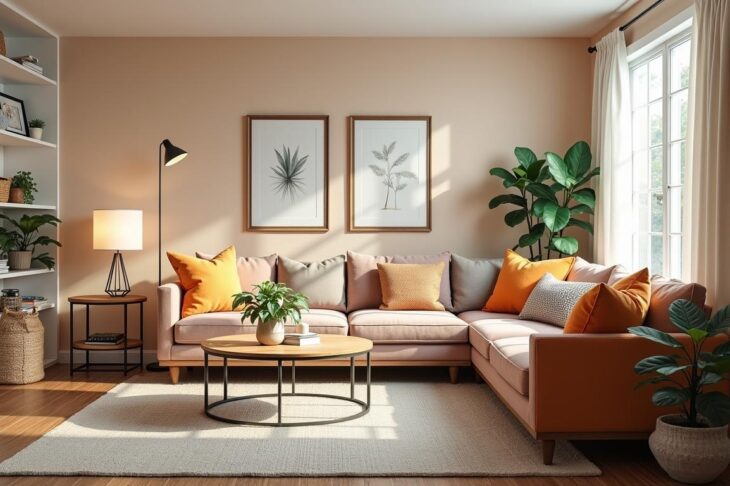
The Role of Smart Locks in Home Security
Modern housing developments benefit from smart locks, enhancing convenience and improving home security. These electronic door devices go beyond preventing intruders; they create a seamless and connected experience. Many people appreciate how quickly they can receive keyless entry codes, set temporary access for guests, or get alerts straight to their phones. This mix of protection and innovation has turned them into a popular choice for anyone hoping to safeguard their household and simplify daily routines.
While traditional deadbolts served homeowners for decades, times are different now. Today’s options let you manage entry from across the world, ensuring you always know who is coming and going. The shift toward remote access underscores a modern preference: a safe home that also respects your busy lifestyle. Unlike older locks, these new devices combine hardware with cutting-edge apps to boost privacy and deter threats without excess hassle.
Why Many Homeowners Prefer These Advanced Locks
A key incentive behind the rise of electronic locks ties back to their user-friendly capabilities. Modern households often juggle family members, guests, maintenance workers, and lifestyle schedules. Setting up personalized codes or digital keys allows homeowners to track arrivals without waiting by the door. This customized approach solves age-old concerns about lost keys or unexpected visitors.
Another factor driving adoption is the ability to get real-time notifications. If someone opens your front door, you can see it right away. You’ll always know when the kids come home from school or when a package arrives. The constant ease of monitoring can bring enormous relief, especially for individuals who travel often. It’s more than a flashy gadget; it’s peace of mind wrapped into a simple app on your phone.
Many advanced locks also offer sophisticated encryption. Manufacturers are steadily tightening security protocols to keep hack attempts at bay. For added safety, some brands use dual-authentication methods, so no intruder can sneak in simply by guessing a code. This commitment to robust security helps preserve trust while letting you enjoy the sleek advantages of digital entry systems.
Incorporating Smart Locks Into a Broader Home Automation Strategy
Connecting a door lock to your existing devices opens a world of synergy for the modern household. Smart speakers, security cameras, and even lighting systems can be synchronized to create a seamless experience. This level of integration makes your property feel responsive and intelligent, adapting to your family’s everyday needs and patterns.
Your lock can communicate with other devices, sharing triggers and messages in real time. Should you disarm the lock, for example, your lights might turn on for a welcoming atmosphere. It’s a brilliant way to save time, energy, and worry. More importantly, everything stays under your control through one main dashboard, which eliminates fumbling through multiple apps.
Monitoring and Remote Configuration
Remote access options let you check on your home from anywhere. If you have an internet connection, you can see if your door is locked, unlock it for a friend, or restrict permissions instantly. There’s no waiting around in traffic to open the door for the plumber or worrying that you left the house unsecured.
Adjusting settings on the go also makes life easier. If you notice a pattern of repeated failed attempts, you can reset codes or add extra security steps. This flexibility ensures that you maintain total authority over your property, even when you’re not physically there.
Integration With Other Devices
When smart locks coordinate with indoor cameras, a more extensive security ecosystem takes shape. You’ll not only know the door has been opened, but you’ll also see who’s there. Combine that with motion detectors in hallways, and you’ll get a layered approach that can alert you to unusual activity.
Likewise, building an integrated network paves the way for comfort-related automation. You might connect the system to your thermostat so that the temperature adjusts the moment someone arrives home. It’s more than just preventing break-ins; a fully linked system can anticipate needs and solve them ahead of time.
Choosing the Right Smart Lock for Your Needs
Shoppers looking to upgrade their home security often face a wide array of choices, from basic keypads to full-fledged biometric scanners. Each product comes with unique features, shapes, and integration possibilities. Figuring out the best fit hinges on the specific needs of your household, such as how many people come and go during the day or if guests frequently arrive while you’re out.
Some locks prioritize stealthy designs and elegant touchscreen panels. Others highlight robust encryption and advanced app settings. Checking compatibility with your door type is equally important, as certain models work better with standard deadbolts, while others function in tandem with sliding doors or specialized frames. A quick product review or a conversation with a locksmith can clear up concerns before you commit.
Keep an eye on how various brands handle software updates. A lock that doesn’t receive regular patches could become vulnerable down the line. Look into whether the manufacturer has a track record of actively improving product performance. Staying aware of these details ensures you pick a solution that ages gracefully and remains secure for years to come.
Installation Tips for Better Security
Setting up a brand-new electronic lock is usually straightforward, but it still requires careful planning. After all, a poorly installed device could cause headaches and nullify some protective advantages. Start by measuring your door’s thickness, checking the alignment of the latch, and verifying that your door frame is in good shape. Following the manufacturer’s guidelines helps you avoid common pitfalls.
Whenever possible, consider upgrading older hardware if it’s worn or damaged. An updated door handle or sturdier strike plate can make all the difference. If you’re replacing a standard lock, you might need to drill new holes or adjust placements, but plenty of tutorials exist to walk you through the process. Each brand has quirks, so proceed patiently and confirm that the lock sits snugly before you finalize any settings.
Getting Professional Help or DIY
Many people find installation manageable on their own, especially with step-by-step instructions. Others prefer hiring a locksmith who’s familiar with digital systems. There’s no shame in either route; it all depends on your comfort level. A pro can often spot potential vulnerabilities and reinforce the doorframe or choose a better anchoring system.
On the other hand, a capable DIY approach saves money and teaches you more about your home’s security. If you go that route, check for official manuals, video demos, and direct support from the company if needed. Knowing exactly how everything fits together can help you address maintenance needs later on without panic or extra expenses.
Maximizing Security Through Sound Practices
Installing a fancy electronic lock won’t be enough if you don’t adopt strong habits. One vital step involves keeping track of all the various access codes you generate for family members, babysitters, or short-term visitors. It’s wise to delete or reassign codes once they’re no longer needed. Treat those PINs with the same caution you would any sensitive password.
Another smart approach is to pay attention to app notifications. If you notice unusual lock activity or repeated failed attempts, investigate quickly. Cross-check any suspicious pattern with other security measures around your property. Staying alert is half the battle when it comes to securing your living space.
Regular System Updates
Maintaining your lock’s software is just as important as its physical upkeep. Regularly updated firmware and security patches protect against new hacking methods. Check for updates in your lock’s companion app. If your brand offers automatic updates, enable them so you won’t miss crucial improvements.
You’ll find that many brands push important enhancements over time, adding new functionalities or improving battery efficiency. Embrace these updates to keep your access system in peak shape. It’s a quick task with a major payoff in long-term reliability.
Combining With Traditional Security Measures
Many homeowners still rely on things like window sensors, motion detectors, and even sturdy manual locks for secondary doors. Electronic deadbolts work best when they complement other layers of safety. Don’t abandon older tools; instead, let them join forces with your new digital devices. This layered defense often persuades intruders to look elsewhere.
If you want to step things up, connect your lock system with external cameras. That way, you’ll get a visual on who just unlocked the entrance. For additional insights about perimeter security, consider exploring ways to upgrade exterior lighting and window protection. Reinforcing all access points is a proven way to dissuade criminal attempts before they even start.
Ultimately, smart locks merge technology and traditional security instincts. They simplify life without compromising on vigilance. As the tech evolves, so do the options that grant homeowners control over their doors. Building a cohesive setup with well-chosen devices, regular updates, and thoughtful habits is the best path to peace of mind in today’s fast-paced world.

